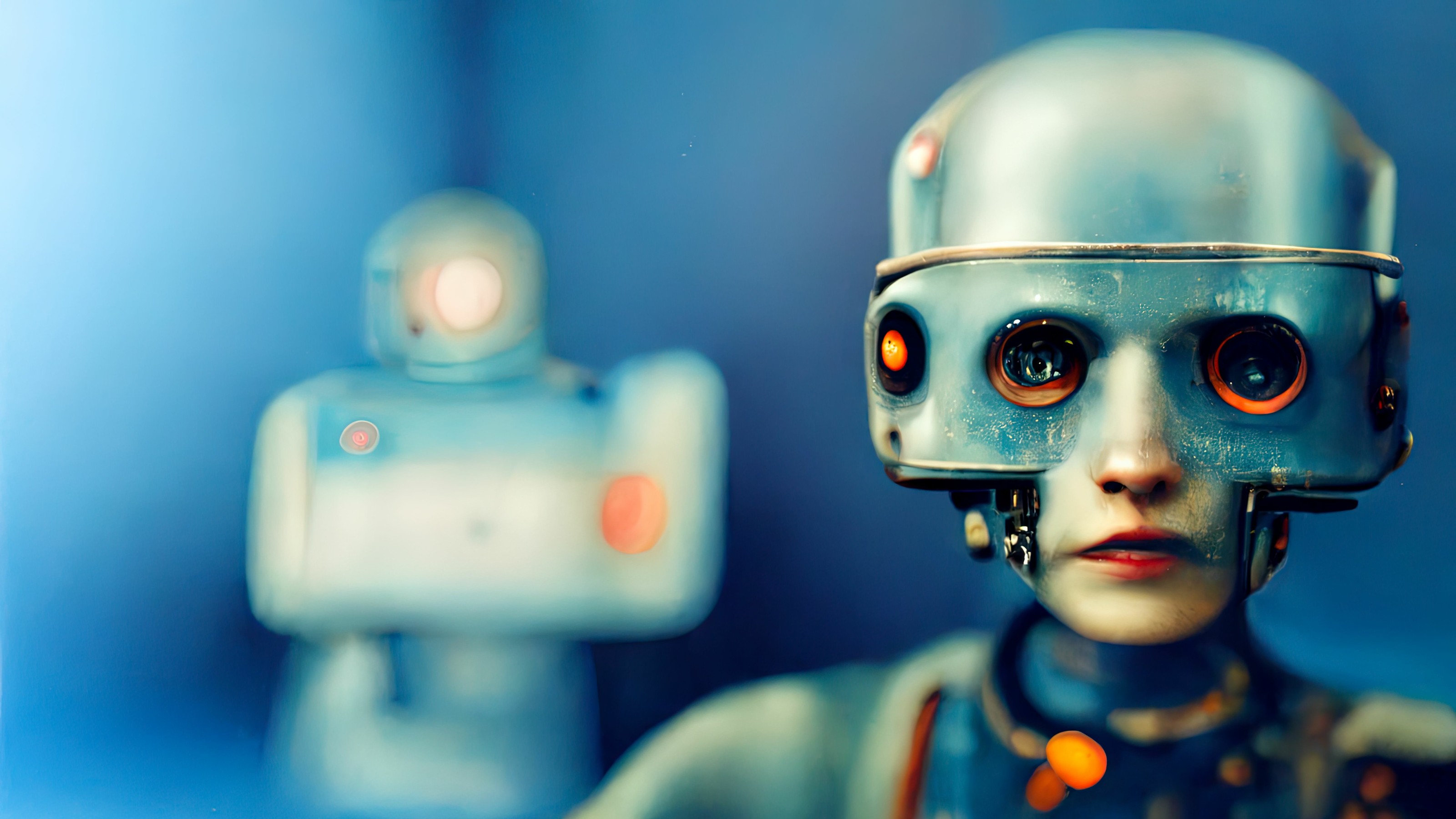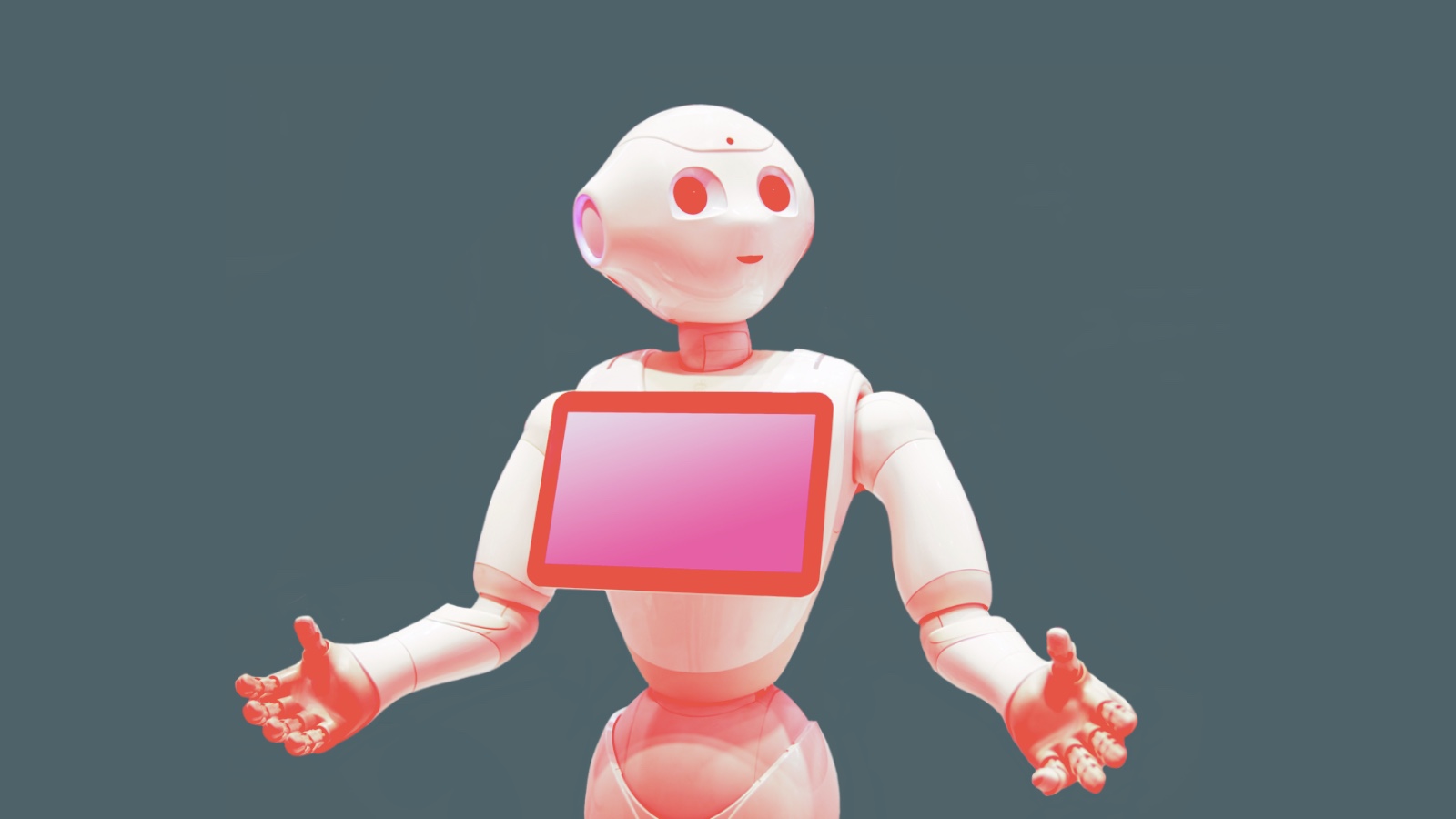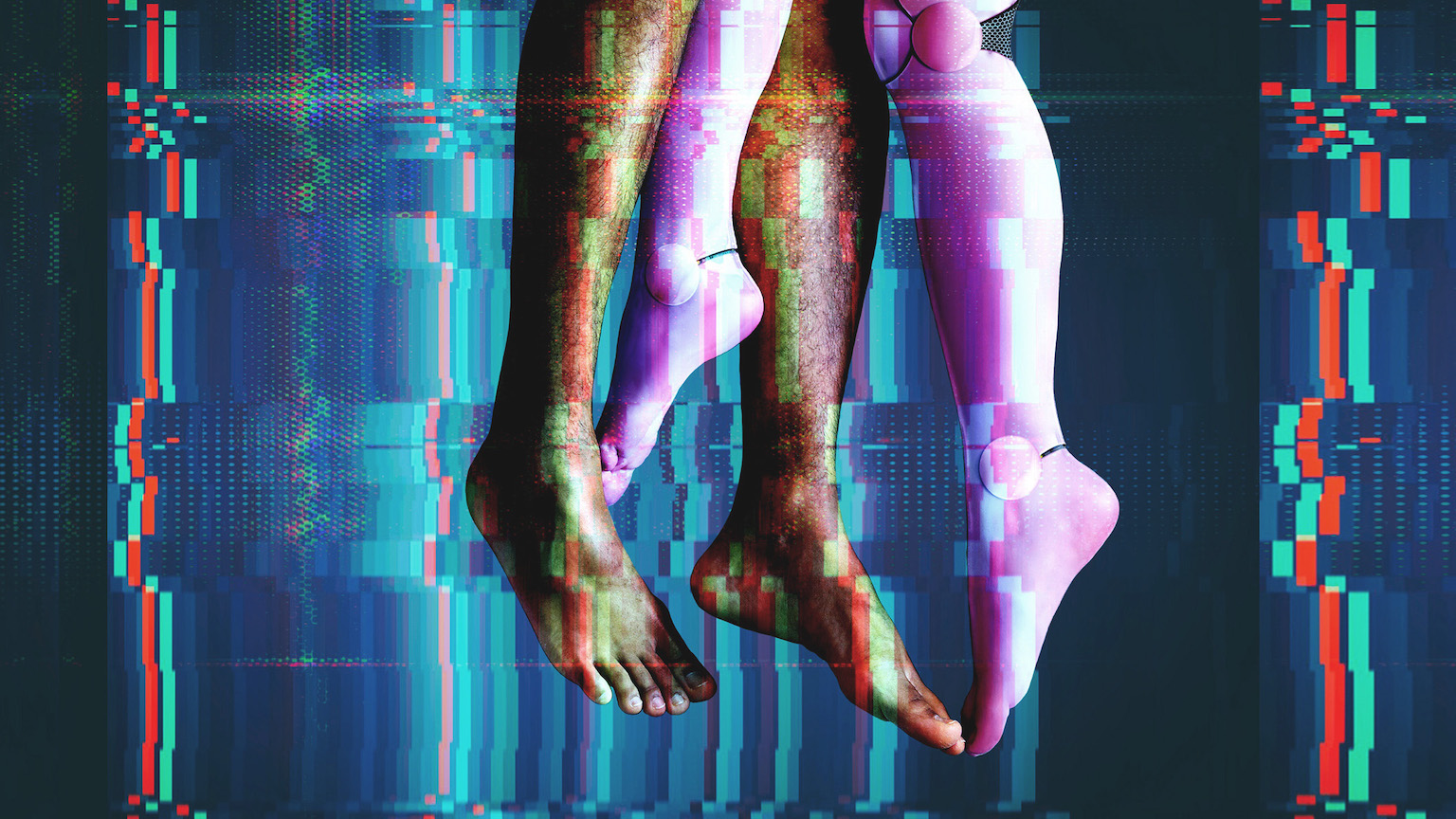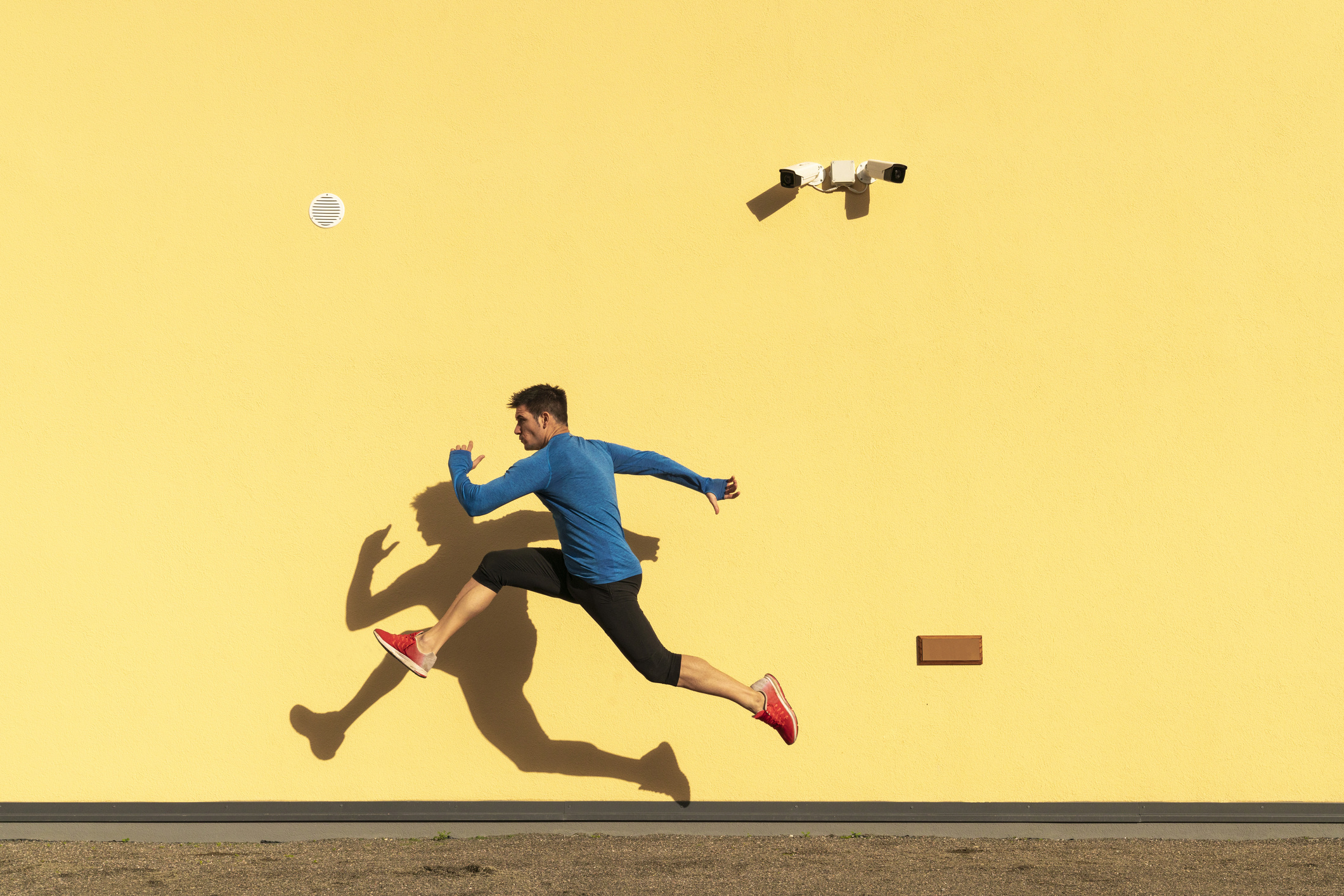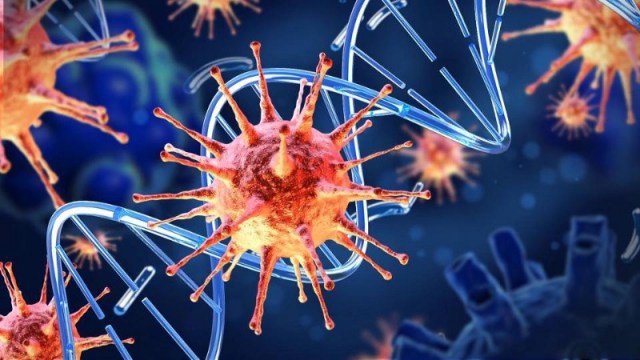Could robots make better therapy animals?

Photo: VTT Studio / Adobe Stock
- University of Portsmouth researchers held play sessions with real dogs and their biomimetic counterparts.
- The more time school children spent with the robot dog, the higher their opinion of him.
- Robotic dogs could offer an entirely new line of emotional support animals.
In 2018 a woman tried to board a plane at Newark International Airport with her emotional support animal—a peacock. That didn’t fly; well, neither of them flew that day. Still, the term “emotional support animal” has been exploited by travelers attempting to transport a variety of animals in the not-so-friendly skies, including pigs, turkeys, squirrels, baby kangaroos, and miniature horses.
The skies became even less friendly to this trend when the federal government recently limited pets on flights to dogs, giving the struggling airline industry a bit of good news in an otherwise devastating year.
But what if the kangaroo was a robot?
Let’s not get ahead of ourselves. If we’re considering robot support “animals,” we’ll have to settle for dogs for the time being.
That’s the consensus from a group of researchers at the University of Portsmouth. In a new study, published in the International Journal of Social Robotics, first author Olivia Barber and colleagues argue that robotic dogs could soon replace real canines as emotional support animals—and will likely have an easier time and get fewer malicious stares when boarding planes.
The team brought two real dogs—a Jack Russell-Poodle mix and a Labrador retriever—alongside a biomimetic dog to visit a group of 34 children in West Sussex. The 11- and 12-year-olds had two sessions, one with the real-life canines, and a second with the robot, which was developed by Consequential Robotics. While the kids stroked animals equally, they actually interacted with the robot more.

Credit: goodmoments / Adobe Stock
Study supervisor, Dr Leanne Proops, knows the emotional impact that real dogs have on children and adults alike. Yet many people suffer from allergies, while others are on high alert for diseases transmitted across species. There’s also liability concerns; lawsuits over biting dogs happen. And, of course, the expense of animals is prohibitive to some. Robots could fill a void.
“This preliminary study has found that biomimetic robots — robots that mimic animal behaviours — may be a suitable replacement in certain situations and there are some benefits to using them over a real dog.”
Move over Animal Assisted Interventions. Welcome to Robot Assisted Interventions.
As the authors note, robot pets already exist. A robotic seal named Paro is designed to keep seniors company. Social robots help stroke victims during rehabilitation and have proven useful in communicating with autistic children.
Despite the fascination, this story doesn’t end like the film “Her.” The pre-teens preferred the real animals, not the metal imposter. That said, the more time they spent with the robot, the fonder they became of him. The team chose dogs for this pilot study given their ubiquity and our longstanding positive relationship with them.
As part of the study, each participant filled out a questionnaire about their biophilic beliefs. Interestingly, animistic beliefs played a role—how willing they were to ascribe agency to the robot. The “realer” the robot felt, the more positive the affect.
Moving forward, robot support animals could help people unable to care for or be around actual animals. As Proops concludes,
“This is a small-scale study, but the results show that interactive robotic animals could be used as a good comparison to live dogs in research, and a useful alternative to traditional animal therapy.”
—
Stay in touch with Derek on Twitter and Facebook. His new book is “Hero’s Dose: The Case For Psychedelics in Ritual and Therapy.”
